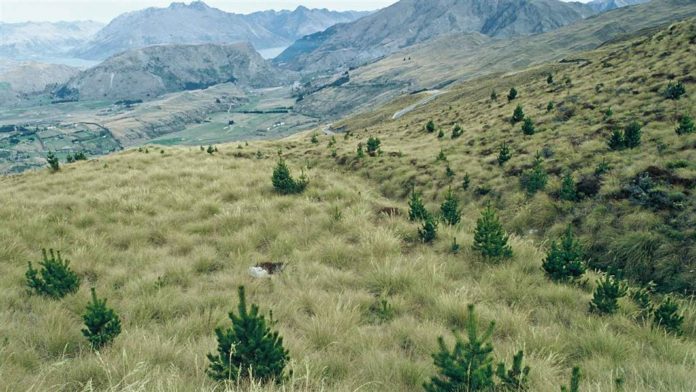A joint agency programme targeting wilding conifers has tackled more than half of its four-year control goal in just 12 months, Biosecurity Minister, Damien O’Connor said today.
“Control crews and community projects treated 817,000 hectares from Te Taitokerau Northland to Motupōhue Bluff and created more than 1,000 full or part-time jobs,” said Mr O’Connor.
“This success shows that concerted and coordinated efforts are succeeding in bringing large-scale wilding conifer infestations under control.”
The National Wilding Conifer Control Programme was allocated an extra $100 million over four years through Jobs for Nature.
“We’ve supercharged the control efforts, and that will bring important environmental, social and economic outcomes, including protecting Māori sites and areas of significance,” the Minister said.
“Around $40m was spent on control last year, and that’s well worth it. Wilding conifers cost New Zealand around $100 million every year in lost productivity, lost water for irrigation and hydro-electricity generation, and the costs of fire prevention and control.”
“A dollar spent today to bring this problem under control saves massive future cost, due to the seeding potential of these weeds. You only have to look in places like the Clarence Valley to see the nature of the issue.
“Preventing the spread of wildings is one of the most important actions we can take to preserve the habitats of some of our unique and vulnerable species, including the Kaki/black stilt, native lizards, insects and plants.”
The Programme is led by Biosecurity New Zealand, in partnership with the Department of Conservation, Toitū Te Whenua Land Information New Zealand, the New Zealand Defence Force, working with regional and local government, local community, Iwi and Hapū groups, researchers, industry and private landowners.
“Central to the success of control efforts is coordination of resources and a collaborative model,” Mr O’Connor said.
The programme also recently committed $2m to 12 Community Partnership Projects for work over the next two years. The projects will protect biodiversity and several wāhi tapu sites (such as burial grounds) across the country, and support ongoing training and employment opportunities for local kaimahi (workers). There are now 30 Community Partnership Projects underway.
“We will invest $32.5 million through the Programme this year (2021-22) to continue the progress being made and kick off further control activity. This includes extending work in the far North of Te Taitokerau Northland, Hauraki Coromandel, South Marlborough, and more of the Mackenzie Basin.”
“Wilding conifers spread rapidly, suffocate our native flora and fauna, make land unproductive, and smother unique landscapes. We must act together to stop their spread,” Mr O’Connor said.



